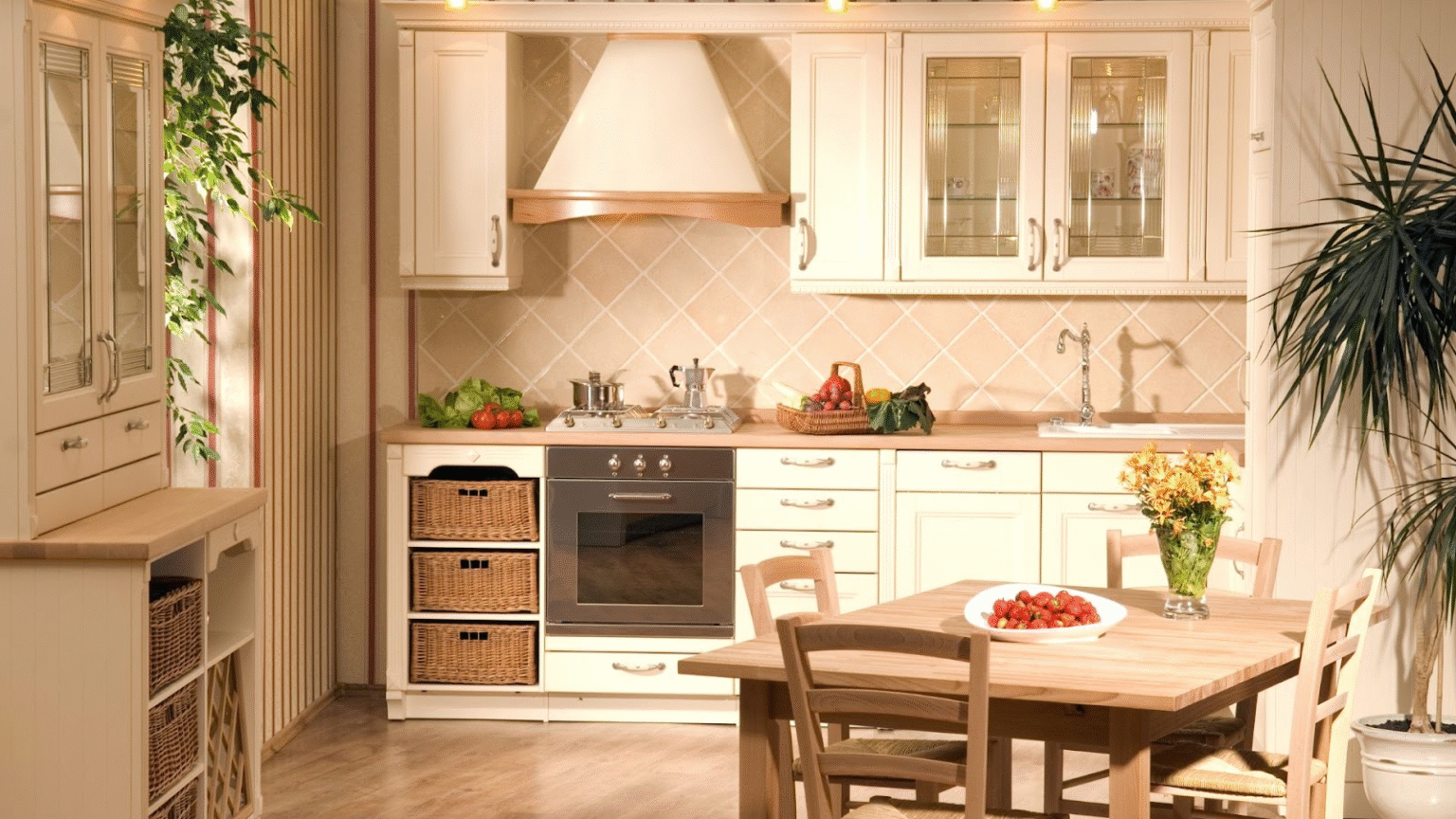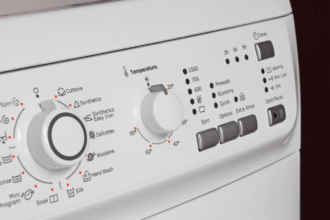A small kitchen often feels like a puzzle. One moment the counters are clear and within a day everything looks piled up again. It happens because limited space makes even small messes stand out. When things have no proper place, you end up searching for items you need and wasting time. That is why learning how to organize small kitchen is not just about neatness. It creates a kitchen that feels calmer, easier to work in, and more enjoyable to spend time in.
Why Small Kitchens Get Messy
There is less counter space available in smaller kitchens so clutter appears faster compared to bigger spaces. Small and bulky appliances also take up room, and a choice of poor storage exacerbates the problem for the most part. Feeling overwhelmed is common as the clutter piles up. In the case of small kitchens, the first and most important step is decluttering. If this is not done, any attempt made to bring order is merely the act of shifting piles from one corner to another.
Step-by-Step Guide: How to Organize Small Kitchen
1. Start by Decluttering
Take a close look at what you own. You may find duplicates of the same utensil or gadgets that never serve any purpose. Expired cans or bottles often hide at the back of cabinets and take up space. Remove these first. By cutting down on unused items, you free up room for essentials. A small kitchen cannot hold everything, so it should only hold what truly matters.
2. Use Vertical Space
Counters stay free when you go upward. Add shelves above the sink or stove to hold jars and cups. Hooks on walls can hold mugs or pots that otherwise eat up cabinet space. This simple shift creates order without buying new furniture. With so many small kitchen storage ideas, vertical space often gets overlooked even though it gives instant relief from clutter.
3. Optimize Cabinets and Drawers
Cabinets in a small kitchen often hide wasted gaps. Install pull-out racks so you can reach everything without bending or moving half the shelf. Drawer dividers also help because they separate items so you never have to dig for spoons or knives. This step saves time and creates a sense of control. A drawer that opens to reveal clear sections feels satisfying every single day.
4. Rely on Multi-Functional Furniture
Every piece in a small kitchen should do more than one job. A foldable table can serve as prep space and then disappear when not in use. A compact island with built-in storage adds both work surface and hidden cabinets. Multi-functional furniture adds space without crowding the room. It helps you create flow so the kitchen never feels packed even during busy moments.
5. Keep Counters Clear
Counters that are cluttered become counter productive and leave the entire kitchen feeling messy. The rule is to leave only the appliances that are needed on a daily basis, such as the coffee maker and the toaster. Store everything else in cabinets or drawers. Freeing up counter space reduces the order appliance stress and enables you to make quicker meals. Consequently, this makes the kitchen easier and quicker to clean and reduces clutter.
6. Label and Categorize Items
Bins, jars, and baskets help when they come with labels. You will always know where things belong and others in the household can follow the system too. Categories also stop clutter from forming. For example, all baking items stay in one basket, and all snacks in another. With labels, even children or guests can find items without asking.
7. Maximize Corners and Hidden Spaces
Though often overlooked, corners can be some of the most needed storage spaces. A corner cabinet rounded with a Lazy Susan helps you access jars or bottles with no effort. A sponge and cleaning organizer is better placed under the sink. Even the inside of cabinet doors can hold small racks for spices. Every hidden spot becomes useful once you look for smart ways to maximize space in a small kitchen.
Another Good Read: How Often Should You Replace Pillows
Pro Tips for Long-Term Kitchen Organization
The real challenge is not how to organize small kitchen but keeping it organized for the long run. Create a small routine each week where you return items to their proper place. Every few months, reassess what you own and remove items that no longer serve you. Baskets help by holding categories together so nothing spreads across cabinets again. Once you form these small habits, your kitchen stays tidy without much effort.
Conclusion
With proper management, a kitchen does not necessarily have to feel congested and disordered. An efficient kitchen can also be made comfortable and pleasant to cook. Start by cutting down on items that are no longer needed, add smart storage solutions, and free up countertop space. Over a period of time, you’ll realize that your day flows better and smoother when everything is ultra organized. Though the journey of how to organize small kitchen starts by taking a single step. Each additional step creates a space that works for you.






